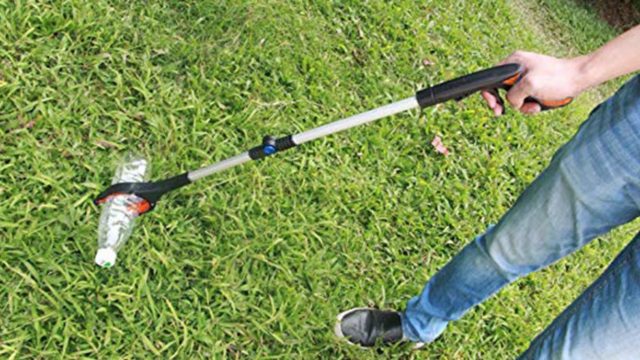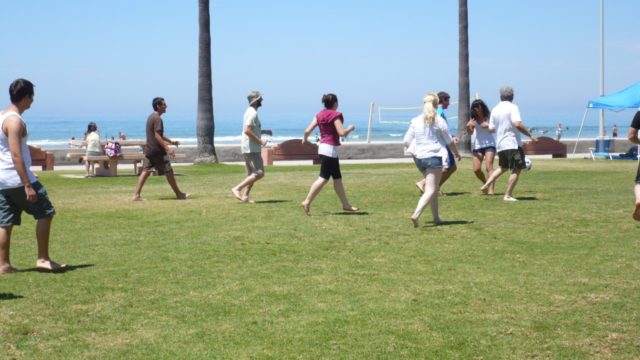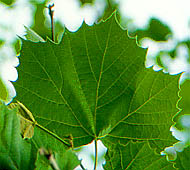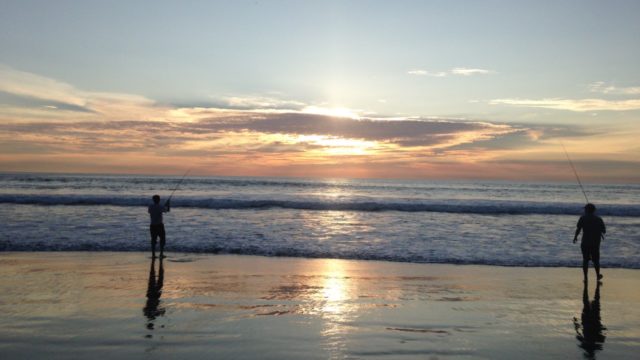Many experts in human behavior have sought to interpret President Trump’s actions to understand his sometimes odd conduct. A recurring theme describing his personality is a prevalent narcissism. But a more authentic portrait is a blend of narcissism with a perfectionist attitude. The concept of narcissistic perfectionism is new. Researchers define a narcissistic perfectionist as someone who is grandiose, has an acute sense of entitlement and holds unrealistic expectations of those around them. Narcissistic perfectionists see themselves as special and as unique, and these individuals demand perfection of those around them in a very demanding way. This may or may not explain all of Trump’s actions. For one, a perfectionist demands perfection. What one encounters in Trump is someone who assumes perfection.
That is a specific feature of Trump’s personality that is intriguing. His self-assuredness that all he, and by extension his administration does, is invariably “perfect.” It’s conceivable that while having such a view, his internal compass may point in the opposite direction. The perception Trump projects, though, is that he is mistake-proof. He vigorously asserts that view, and in the face of incontrovertible evidence to the contrary does not back down but doubles down. Further, his conviction is so strong that it warps the weaker convictions of those around him to the point of imposing his alternative version of events on them.
As far as I know, no healthy human being believes all their actions are perfect. More so if, like Trump, one grows up in a Judeo-Christian tradition where man’s nature is assumed to be sinful. By default, Judeo-Christians think they are imperfect creatures and need saving grace. Other traditions such as Buddhism which do not accept the notion of a sinful nature do posit that individual action can be “perfect.” Perfection in this perspective, however, is not the idealized perfection we imagine, but perfection in the sense that an action is the only outcome or path available at that moment. There is a term in computer science that makes this understandable for me. This is the concept of “constraint satisfaction.” Complex systems will try to satisfy all the constraints placed on them and reach optimal solutions as the only, and therefore perfect, course of action.
But Trump is a self-professed Christian and paradoxically, at least in his view, perfect. Others have granted him that iconic status, but as an impartial, reflecting person’s assessment, it is concerning. Trump is not the risen Christ. It is useful to put oneself in the shoes of someone who thinks this way to understand them. But, although others might do this, I cannot adopt such a delusional viewpoint. No wonder then that Trump considers anything contrary to his views as “fake news.” Fake news, fake beliefs, phony people all around him is the only way to sustain such a belief. But it would make a person suspicious, on edge, and incapable of empathy. Empathy meaning the ability to identify with others and say “I am you, and you are me.” A narcissistic perfectionist cannot conceive of that state. This makes it obvious why such a person trusts no one or anything and chooses to go at life alone, to do it themselves. It is, thus, a natural extension of Trump’s personality to exhort an America first attitude-to go at it alone, for the rest of the world matters little!
This set of behaviors and personality attracted many Americans when Trump first ran for President. His energetic expression of this attitude appeared as something that could repair and renew the broken political system. What we have observed in subsequent years is nothing shy of chaotic, distressing, isolating, and sad. It is not the path we foresaw; and instead of being revived, we feel depleted, and in a somewhat learned helplessness state. Faced with the covid-19 pandemic, those feelings are now heightened.
The answer to the problems created by a narcissistic perfectionist President is not another politician. The November election and Joe Biden as the Democratic alternative may reverse things for the better. But it will not undo the ennui and the dangerous beliefs that have descended and settled on the US population. The only answer to such troubles can only come from within ourselves. It starts by letting go of the political divisiveness, the personal animosities, the racial divisions, and the culture of blaming others for our problems. It is time to take responsibility and recognize ourselves in others. And realize that their actions affect ours, that their dreams are our dreams, and that only collectively can we renew the hope of a better life.




